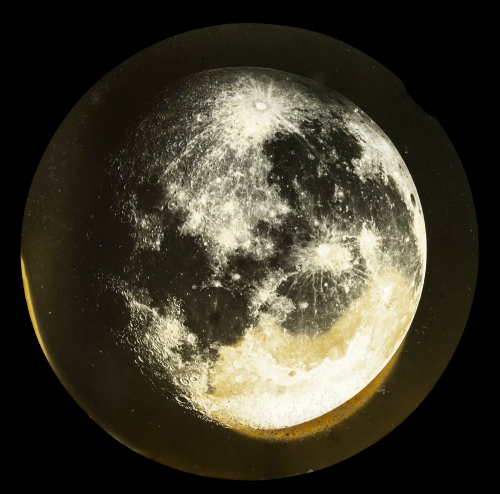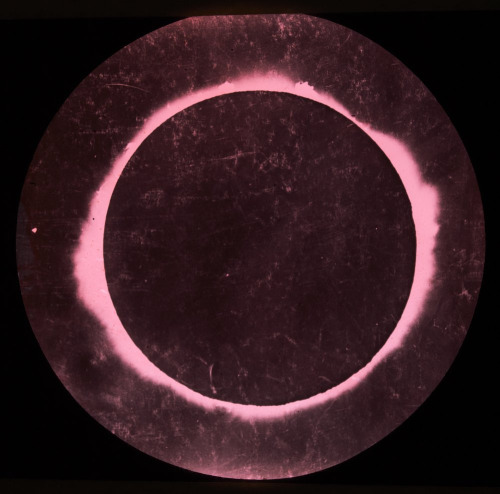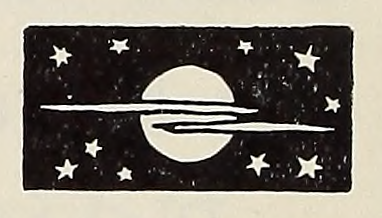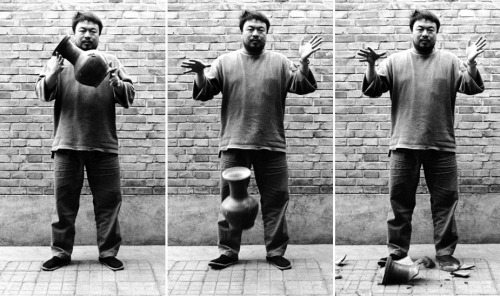Top: The Moon Seen Through A Telescope Ca. 1920-ca. 1925


Top: The moon seen through a telescope ca. 1920-ca. 1925
Bottom: Lunar view 1900-1930
More Posts from Nauticastro and Others
“What were astronauts like when they first returned from outer space? Nurse Dee O'Hara: ‘They have something, a sort of wild look, I would say, as if they had fallen in love with a mystery up there, sort of as if they haven’t got their feet back on the ground, as if they regret having come back to us… a rage at having come back to earth. As if up there they’re not only freed from weight, from the force of gravity, but from desires, affections, passions, ambitions, from the body. Did you know that for months John [Glenn] and Wally [Schirra] and Scott [Carpenter] went around looking at the sky? You could speak to them and they didn’t answer, you could touch them on the shoulder and they didn’t notice; their only contact with the world was a dazed, absent, happy smile. They smiled at everything and everybody, and they were always tripping over things. They kept tripping over things because they never had their eyes on the ground.’”
— Craig Nelson, Rocket Men: The Epic Story of the First Men on the Moon (via m-l-rio)

Terra Keck




— Laura Gilpin, The Hocus-Pocus of the Universe (1977)

Window to the Cosmos


The sun, the moon and the stars. Out-of-doors. v. 2. 1932.










I feel like a Million Dollar…

Ai Weiwei, “Dropping a Han Dynasty Urn,” 1995
An astonishingly irreverent piece of work. This triptych features the artist dropping a Han Dynasty (206 BC - 220 AD) in three photographs.
When questioned about the work, he suggested that the piece was about industry: “[The urn] was industry then and is industry now.” His statement, therefore, was that the urn was just a cheap pot two thousand years ago, and the reverence we feel toward it is artificial. One critic wrote: “In other words, for all the aura of preciousness acquired by the accretion of time (and skillful marketing), this vessel is the Iron Age equivalent of a flower pot from K-Mart and if one were to smash the latter a few millennia from now, would it be an occasion for tears?”
However, the not-so-subtle political undertone is clear. This piece was about destroying the notion that everything that is old is good…including the traditions and cultures of China. For Ai Weiwei, this triptych represents a moment in which culture suddenly shifts (sometimes violently), shattering the old and outdated to make room for the new.

"Having orbited the Earth in the spaceship, I saw how beautiful our planet is. Humans, let us preserve and increase the beauty, not destroy it!"
― Yuri Gagarin

Sun Center, Ingo Swann, 1975
-
 last-of-the-independents liked this · 1 week ago
last-of-the-independents liked this · 1 week ago -
 toppermostpoppermost reblogged this · 1 week ago
toppermostpoppermost reblogged this · 1 week ago -
 caelumkatana reblogged this · 2 weeks ago
caelumkatana reblogged this · 2 weeks ago -
 emozional-mente liked this · 1 month ago
emozional-mente liked this · 1 month ago -
 unsound-wav reblogged this · 1 month ago
unsound-wav reblogged this · 1 month ago -
 unsound-wav liked this · 1 month ago
unsound-wav liked this · 1 month ago -
 herprophecies liked this · 1 month ago
herprophecies liked this · 1 month ago -
 bintisham liked this · 1 month ago
bintisham liked this · 1 month ago -
 potentlove reblogged this · 1 month ago
potentlove reblogged this · 1 month ago -
 nightandtide liked this · 1 month ago
nightandtide liked this · 1 month ago -
 napa-the-yappa liked this · 1 month ago
napa-the-yappa liked this · 1 month ago -
 thelordofsalem reblogged this · 1 month ago
thelordofsalem reblogged this · 1 month ago -
 thelordofsalem liked this · 1 month ago
thelordofsalem liked this · 1 month ago -
 thatgrumpybxtch liked this · 1 month ago
thatgrumpybxtch liked this · 1 month ago -
 strawberrysweeti reblogged this · 1 month ago
strawberrysweeti reblogged this · 1 month ago -
 strawberrysweeti liked this · 1 month ago
strawberrysweeti liked this · 1 month ago -
 art-missy liked this · 1 month ago
art-missy liked this · 1 month ago -
 surlydragon liked this · 1 month ago
surlydragon liked this · 1 month ago -
 surlydragon reblogged this · 1 month ago
surlydragon reblogged this · 1 month ago -
 marydotdesign reblogged this · 1 month ago
marydotdesign reblogged this · 1 month ago -
 cloudxstrife liked this · 1 month ago
cloudxstrife liked this · 1 month ago -
 merkien liked this · 1 month ago
merkien liked this · 1 month ago -
 missnitroglicerina reblogged this · 1 month ago
missnitroglicerina reblogged this · 1 month ago -
 moistcatfood reblogged this · 1 month ago
moistcatfood reblogged this · 1 month ago -
 verso-sera liked this · 1 month ago
verso-sera liked this · 1 month ago -
 the-heavymetalalchemist reblogged this · 1 month ago
the-heavymetalalchemist reblogged this · 1 month ago -
 utopialworld liked this · 2 months ago
utopialworld liked this · 2 months ago -
 pervasivepersuasive liked this · 2 months ago
pervasivepersuasive liked this · 2 months ago -
 sartres-sister reblogged this · 2 months ago
sartres-sister reblogged this · 2 months ago -
 dew-ontherocks liked this · 2 months ago
dew-ontherocks liked this · 2 months ago -
 thebronxchick liked this · 2 months ago
thebronxchick liked this · 2 months ago -
 eszakfok reblogged this · 2 months ago
eszakfok reblogged this · 2 months ago -
 finchjamesj reblogged this · 2 months ago
finchjamesj reblogged this · 2 months ago -
 finchjamesj liked this · 2 months ago
finchjamesj liked this · 2 months ago -
 thorn-in-my-spine liked this · 2 months ago
thorn-in-my-spine liked this · 2 months ago -
 katsmith87 reblogged this · 2 months ago
katsmith87 reblogged this · 2 months ago -
 undertheinfluencex1 liked this · 2 months ago
undertheinfluencex1 liked this · 2 months ago -
 originalromanticsir reblogged this · 2 months ago
originalromanticsir reblogged this · 2 months ago -
 originalromanticsir liked this · 2 months ago
originalromanticsir liked this · 2 months ago -
 mothmute liked this · 2 months ago
mothmute liked this · 2 months ago -
 regretsinbloom reblogged this · 2 months ago
regretsinbloom reblogged this · 2 months ago -
 mosaic-mindss reblogged this · 2 months ago
mosaic-mindss reblogged this · 2 months ago -
 hellonursevenus reblogged this · 2 months ago
hellonursevenus reblogged this · 2 months ago -
 hellonursevenus liked this · 2 months ago
hellonursevenus liked this · 2 months ago -
 ometochtli2rabbit liked this · 2 months ago
ometochtli2rabbit liked this · 2 months ago -
 occultvault reblogged this · 2 months ago
occultvault reblogged this · 2 months ago -
 hadit418 reblogged this · 2 months ago
hadit418 reblogged this · 2 months ago

